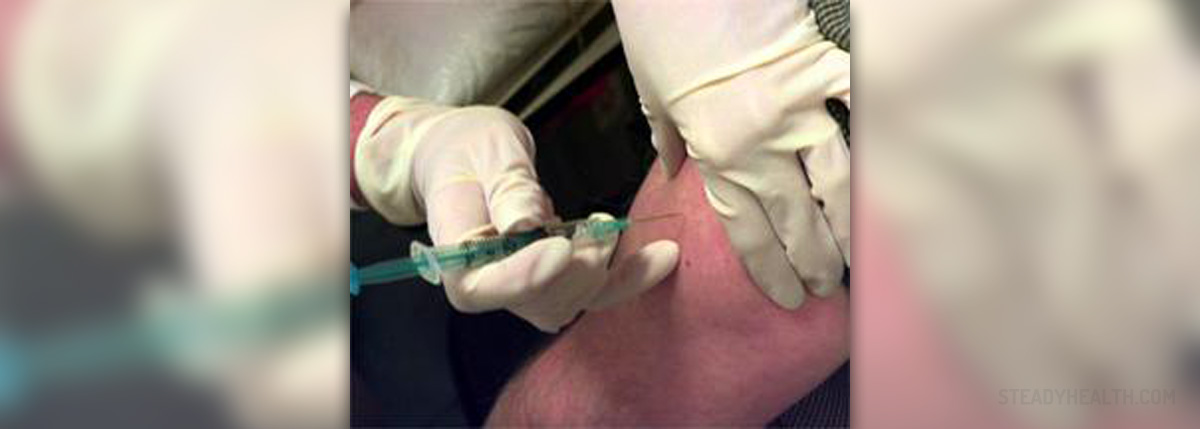
Today, vaccination is considered to be the best possible way of protecting from certain illnesses, mostly those triggered by viruses and bacteria. However, the situation was not always so positive since vaccines have undergone a long process of improvement before these types of medical intervention became effective enough to actually have a positive effect.
The smallpox vaccine was the first successfully created one. However, the very process of getting vaccinated was developed by Edward Jenner in 1796, once he realized that women who dealt with cawpox-infected cows did not suffer from smallpox themselves. Before he developed vaccination, up to 35% of people who had smallpox died due to the infection.
Pre-vaccination History
Before the vaccines came, helping people to battle smallpox successfully, we had already developed certain effective ways of increasing one's immunity to this disease. The process was called insufflation or inoculation, used in India since 1000 BC, even though many experts disagreed that explanation of this process are actually noted in the ancient Sanskrit documents. Nevertheless, evidence for inoculation usage are found in Chinese texts from the era of the Longquing Emperor, aging somewhere from 1567 to 1572. Basically, small scabs of the actual smallpox were given to people who were supposed to inhale them, getting mildly infected. Once they have gone through the disease, however, these people developed immunity to it. Statistically, the technique had a very small mortality rate of 0.2 to 2%.
Due to this effectiveness of variolation, it was used for helping people battle smallpox during the whole 17th century, in many countries around the world, including Turkey, Persia and even the whole continent of Africa. The information about this process reached the Great Britain in 1721. The same year, inoculation reached the American continent too, initially being applied in North America publicly, even though the method was practiced in Boston long before – since 1706. In Boston, slave owners realized that their slaves were using the method to treat themselves for smallpox.
Inoculation was then used for many purposes, very often. The military forces used it in order to overcome the disease, people of great political importance accepted the method and used it for protecting themselves and even their own family.
Yet, it was not before the development of vaccination that the people actually managed to maintain smallpox successfully.
Early Vaccination
In the beginning of the vaccination process, during empirical studies, many mistakes were made. Basically, the wrong type of the disease was taken, being mistaken for smallpox, diseases were transferred accidentally, the vaccine material was not adequately harvested etc.
However, the first effective data regarding epidemiological studies date back to 1727, carried out by James Jurin and 1766, by Daniel Bernoulli. “Cowpox and its ability to prevent smallpox” was also one of the first written works on this subject, created by Dr Fewster in 1965. Later on, scientists and doctors began noticing the interesting connection between cowpox exposure and the prevention of smallpox in humans.
Subsequently, during the 1770s, at least six individuals were successfully treated for smallpox through vaccination.
Finally, during this time, Jenner published 23 studies where he successfully treated people for smallpox, making them immune. Among these people, there was his son as well. Even though Jenner's vaccination method clashed with the scientific and other groups of the time, facing nothing but disapproval, during the 1800s, his work was widely known and respected all over Europe and the US, with a death rate less than 1 per million. Amazingly, by the end of the 1979, smallpox was completely eradicated.
Eradication and Post-Erradication Vaccination
The WHO managed to destroy the smallpox virus completely, by the end of 1977, even though it was considered to be the most deadly human disease ever seen. The process of eradication was carried out through carefully organized, global vaccination process. The samples of remaining virus remain in several scientific facilities in the world, being kept safe for future protection and research or for defense in any cases of reappearance of the virus.
Some countries, like North Korea, did not participate in the eradication program, opting for their own methods instead. Thus, whether these countries have virus samples today or not it not known.
The vaccination itself, as a process, got its name from the Latin “vacca” standing for “cow”, due to the fact that the first vaccine used cowpox in order to prevent smallpox, triggering a mild infection in order to help people develop immunity to the deadly one.
Today, this vaccine is not considered safe for pregnant women and people suffering from diseases like HIV, compromising their immune systems. Also, in a very small percentage of cases, this vaccine has resulted in side-effects manifesting through neurological damage.
All in all, we know that, according to the Centers for Disease Control and Prevention, receiving a vaccine within 3 days of exposure will decrease the effects of the infection in most people while getting vaccinated within 4 to 7 days will offer but limited protection. Furthermore, vaccinated people get infected with a form of the virus and may spread it through skin or the respiratory tract, possibly endangering others around them, causing them to suffer from skin problems, lung or neurological diseases or some other health issues, even though these cases are rare.
Regardless, vaccination is the best possible way of protecting yourself from diseases. The first successful vaccine was the smallpox one, opening doors to various ways of protecting people from deadly viruses and bacteria.
So, if you desire to be protected, rest assured that vaccination is one of the best ways for achieving this.


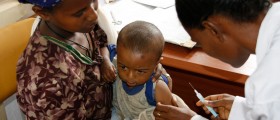
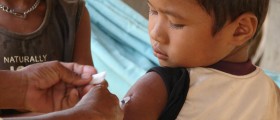

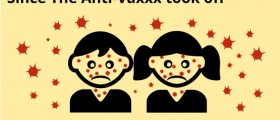


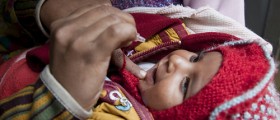
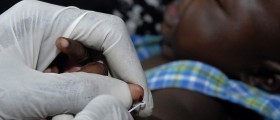






Your thoughts on this
Loading...